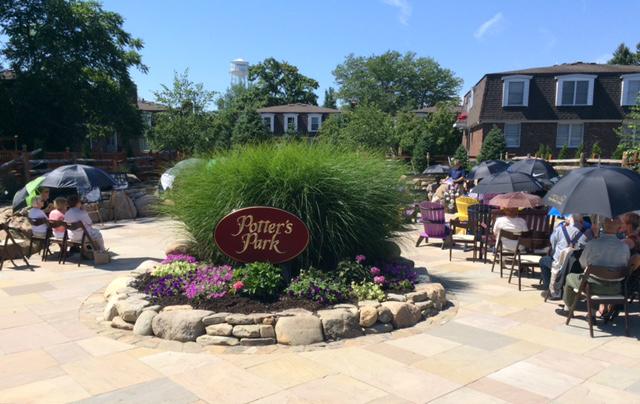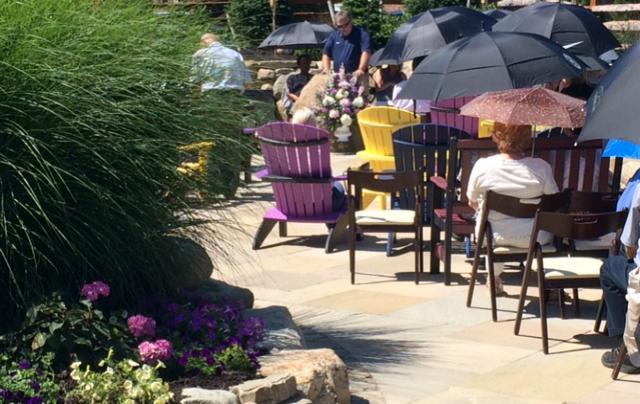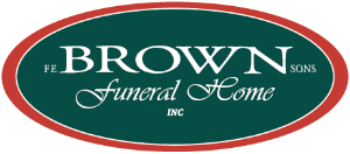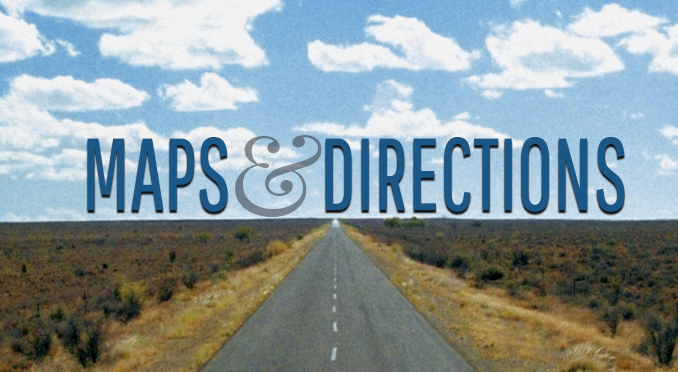Potter's Park
 Potter’s Park was the result of a dream that turned into a passionate pursuit. Potter’s Park provides an alternative to traditional settings for ceremonies. Potter’s Park is a beautiful space in which to hold meaningful ceremonies.
Potter’s Park was the result of a dream that turned into a passionate pursuit. Potter’s Park provides an alternative to traditional settings for ceremonies. Potter’s Park is a beautiful space in which to hold meaningful ceremonies.
The “forest” offers peace and tranquility to our grieving families, and more than anything it offers a space that is new, and unique to the cookie cutter illustration of funeral services. “I have seen that the industry of funeral directing has been reluctant to change and offer something different from our forefathers”. My belief is the any given funeral home should be as unique as the person and the family of the loved one’s life they are celebrating. I compare this business to a great restaurant, where the chef is the owner and the “vibe” or uniqueness of the services provided, comes from the heart and soul of the family and not a “board of directors” or controlled by an out of town corporation.
While this is our main objective, Potter’s Park can be that special place that many different types of services and ceremonies can take place in.
Potter’s Park is a gift to our community, a place to have coffee at 8am or wine at 5, a family photo shoot, union of two people and of course personalized life celebrations (funerals), we will even play music for you.
The following information are some fun facts about the creation of Potter’s Park:
Fun Facts – Repurpose
Larch Rails – (civil war era style) the Larch rails were made by the Amish, Michael Miller Mill Belfast, NY – 2700 feet of Rails
Fence Posts – Black Locust fence posts were harvested and milled at the Joseph Vigneron Farm. The Vigneron farm is over 200 years old and the oldest working farm in this area. Black locust is often used as fence post because of its durability underground.
Crusher Run – stone base – underneath the patio - 127 tons
Granite Boulders – The granite boulders were rolled here from Ottowa Canada during the Ice Ages. By the time they ended up in a gravel pit in Springville, NY, they were round and smooth and have seen first daylight in thousands of years.
There are 200 tons of granite boulders.
Drain Stone – every beautiful wall that you see is a drain. There are 409 tons of drain stone.

Top Soil – The topsoil contained here within the walls of Potter’s Park was recycled from the excavation of the St. Francis High School football field. There are 572 tons of Top Soil
Outside wall - Limestone Stackers: Limestone is formed when salty sea water recedes exposing bedrock. Western New York used to be a sea. This is evident by the many limestone outcrops by our roadways. (Rt. 33). THE Limestone boulders that were used to shore up the western boundary of Potter’s Park were recycled from the Buffalo Zoo Polar Bear Dens, originally built in 1894.
Banas Stone (the patio) – Was obtained from a quarry in India. The official color is lavender. There are 15 tons of Banas Stone Lantern Pillar Stone – the pillar stone is Glacier Stone quarried from Montana. The official color name is Bitter Root.
There are 95 plantings here in Potter’s Park – Canaan Pine Tree’s, Fairview Junipers, River clump Birch and Red Ribbon grasses




